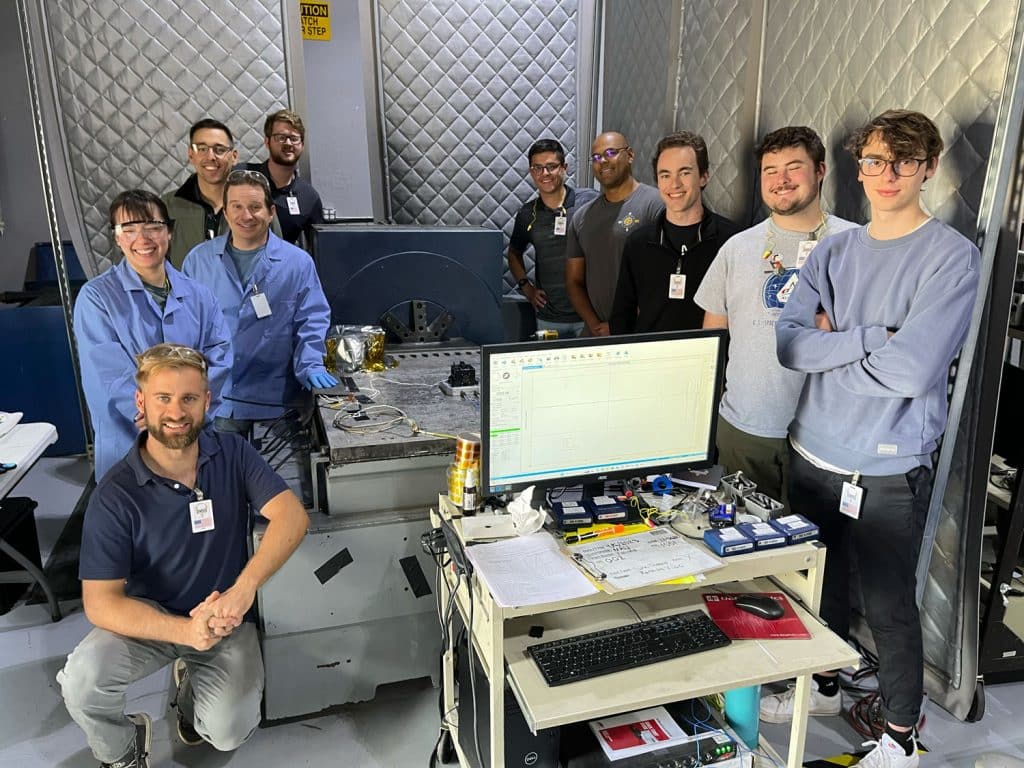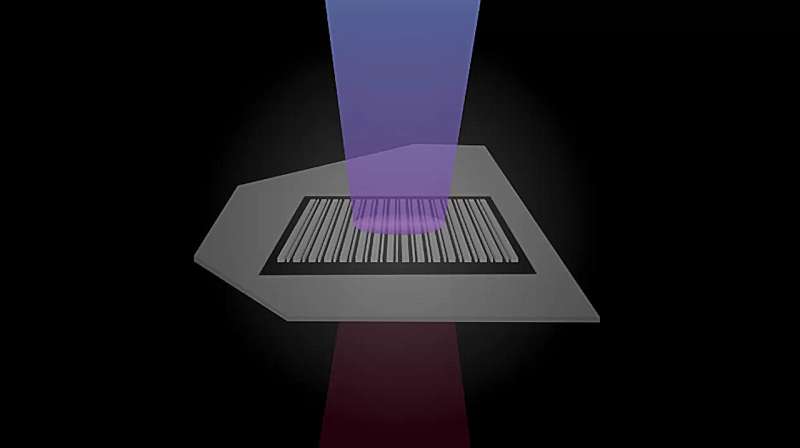Humanity’s engagement with space has transformed dramatically in recent decades, marked by the launch of thousands of sophisticated spacecraft. These robotic explorers have not only deepened our understanding of the solar system but have also inspired generations with their stunning imagery and scientific data. As of October 2023, several iconic spacecraft, including the James Webb Space Telescope and Voyager 1, continue to operate far from Earth. This article explores the approximate locations of five notable spacecraft in the night sky this month.
Where to Find the James Webb Space Telescope
The James Webb Space Telescope is currently positioned approximately 907,000 miles (1.46 million km) from Earth at the gravitationally stable Lagrange Point 2. Launched on December 25, 2021, JWST is designed to observe ancient light from the early universe and study star formation. To locate JWST in the night sky, start by identifying the red star Aldebaran, which sits halfway up the eastern sky above the constellation Orion around midnight. From there, look for the diffuse light of the Pleiades star cluster, located roughly 5 degrees below it. As October progresses, JWST will move closer to the constellation Taurus.
Tracking the Parker Solar Probe
The Parker Solar Probe, which became the first spacecraft to “touch” the sun in April 2021, is now about 91 million miles (147.6 million km) from Earth. The probe has conducted multiple close passes of the sun during its mission to investigate solar dynamics. To see its position in the sky, look low in the southwestern sky at sunset. Locate the bright star Antares in the constellation Scorpius and find the Parker Solar Probe approximately 5 degrees to the upper left of this star.
NASA’s Juno Spacecraft Near Jupiter
Currently orbiting Jupiter, NASA’s Juno spacecraft is situated about 464.8 million miles (748 million km) from Earth. Since its arrival in 2016, Juno has been gathering critical data about the gas giant and its moons. To locate Juno, first find the bright stars Castor and Pollux in the constellation Gemini, which are visible in the eastern sky during the predawn hours. Jupiter will shine as a bright “morning star” located lower right of these two stars, while Juno orbits the planet, remaining too small to be seen with the naked eye.
New Horizons and Its Journey Beyond Pluto
NASA’s New Horizons spacecraft, launched in January 2006, is currently about 5.88 billion miles (9.46 billion km) from Earth. Notably, it was the first spacecraft to fly by Pluto in July 2015. New Horizons is now gathering data on heliophysics as it makes its way toward interstellar space. To find its location, look for the “teapot” asterism in the constellation Sagittarius, which is prominent above the southern horizon after sunset in October. From there, locate the star Pi Sagittarii using a smartphone astronomy app; New Horizons lies approximately 1 degree to the upper right of this star.
Voyager 1: The Most Distant Human-Made Object
Voyager 1 holds the title of the most distant human-made object, currently at a staggering distance of 15.72 billion miles (25 billion km) from Earth. It entered interstellar space in August 2012 after its historic flybys of Jupiter and Saturn. Voyager 1 carries a Golden Record, which serves as a time capsule of Earth’s diversity and culture. To locate Voyager 1 in the night sky, begin by identifying the stars of the constellation Ophiuchus near the western horizon after sunset. Find the binary star system Rasalhague and its neighbor Kappa Ophiuchi; Voyager 1 is approximately halfway along the imaginary line connecting these two stars.
With these pointers, astronomy enthusiasts can appreciate the vastness of space and the incredible journeys these spacecraft undertake. For those new to stargazing, numerous smartphone astronomy apps can assist in navigating the night sky, making it easier to connect with these remarkable achievements of human ingenuity.






